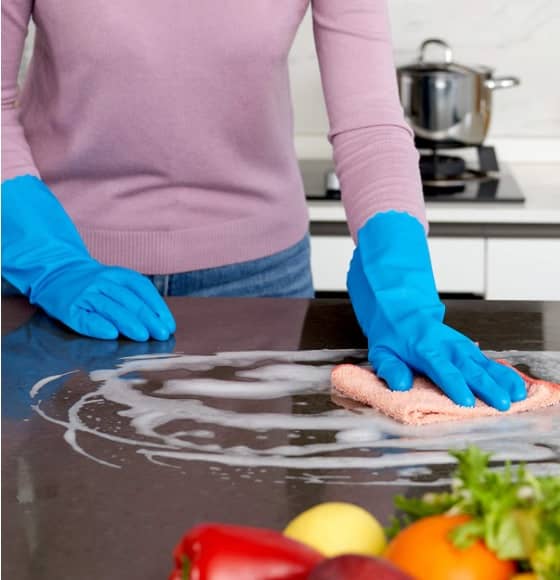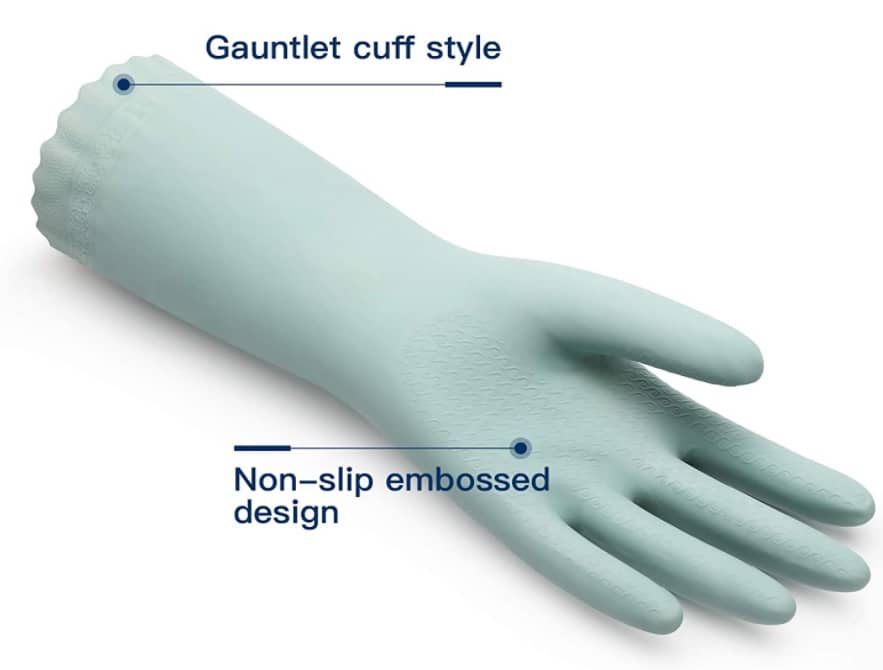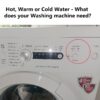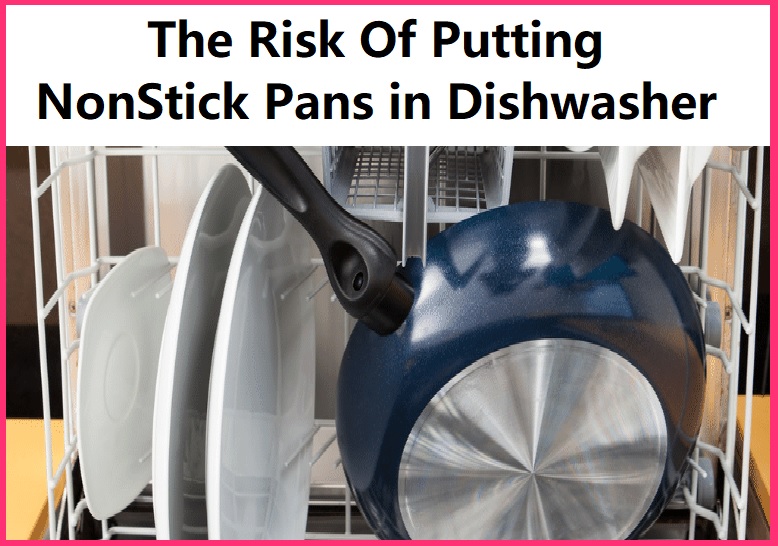
Nonstick pans are a boon for the cooks, as they are low-maintenance. I simply adore mine. These pans are engineered in such a way that it prevents food from sticking. As a curry-lover who knows better than me, that how greasy can a pan get! The best part is big reputed cookware brands offer dishwasher-safe nonstick pans. But are they really?
IS IT OK TO WASH NONSTICK PANS IN A DISHWASHER?
Can you use nonstick pans in the dishwasher? Many popular cookware brands claim that their nonstick pans are dishwasher-friendly, scratch-resistant, corrosion-proof and what not. If your brand claims the same for your pan, I will recommend you to read the next few sentences carefully.
All or most of the nonstick pans have some kind of coating, reinforcement, or layer to make them nonstick. These coatings are not scratch proof, even if the brand claims. You cannot put nonstick pans in a dishwasher because after prolonged cleaning your nonstick pans may lose the coating/reinforcement, become dull, chipped, and hence toxic. The dishwasher may ruin your nonstick pans permanently to such an extent that no trick can bring the life back.
I am not saying you cannot clean your nonstick pan in a dishwasher. But I am against of prolonged cleaning. With cheap nonstick pans, it can happen in the first cleaning too. Your pan may lose significant amount of coating after one dishwasher cycle. If you have a branded nonstick pan like from All-Clad, Cooks Standard or any other experienced company, you may find no signs of damage. And then provoked to continue cleaning in the dishwasher. After multiple cleaning even in branded nonstick pans you will start to notice the quality difference.
WHAT HAPPENS WHEN YOU PUT NONSTICK PANS IN THE DISHWASHER?

In case you are wondering, why I am so against of prolonged cleaning of your nonstick pans in the dishwasher, here is the explanation.
Nonstick pans are mainly composed of aluminum but the outer covering is done by a compound named polytetrafluorethylene (PTFE). PTFE, a plastic polymer has a long chain of carbon in the inside. Fluorine is attached with greater force on the outer side of this long chain.
This PTFE likes to adhere with itself but does not like to attach with something else.
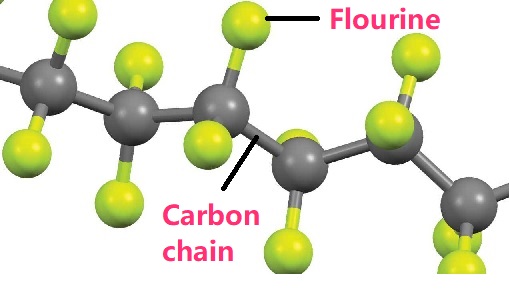
When you put the nonstick pan inside the dishwasher there are 3 forces which are continuously working against the PTFE. The forces are coming from water, heat and detergent.
Heat can be ruled out, as when a pan is put on fire it gets more heated than the dishwasher. Since PTFE is such a fixative material, the dishwasher has to apply much greater force to remove the coating of the pan. Hence, we can rule out the force too.
It leaves the detergent. Most detergents work by combining an alkali and bleach with a surfactant. Bleach will try to deteriorate the bond where the long chains of PTFE are already loosening, such as artificial scratches or scratches from metal utensils.
The alkali will give 1 Hydrogen to the surface area of the nonstick pan which does not hurt the nonstick pan but might lead to sticking problem of food in the next use.
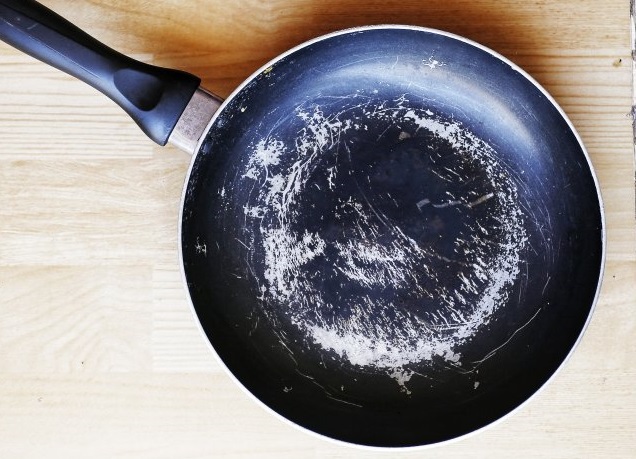
Often cheap nonstick pans have poor cohesion between the pan and the coating. The surfactant depending on the cohesion power of your pan and due its composition may treat PTFE as it is a food item which is stuck to the pan. Hence this might lead to loosening of the bond that holds the PTFE which results in microcracks in the pan. Finally, this might lead to the detachment of the coating.
Considering all the things, it can be concluded that you will not going to notice any sort of damage or peeling in the first several events of using the dishwasher. But overtime the dishwasher will erode off the coating of the nonstick pan. This is why you cannot put nonstick pans in a dishwasher frequently.
Major Dos and Don’ts for Cleaning Nonstick Pans
Unable to use a dishwasher to clean your nonstick pans does not mean that you can’t maintain its hygiene. The secret of flourishing a pan’s shelf life and confirming that the coating of the pan stays longer is gentle cleaning.
Don’t use harsh soaps it will strip off the coating. By using mild soap, you can clean your nonstick pan without even damaging its nonstick layer. Avoid the detergents that contain ammonia, Triclosan, and SLS. I am using Better Life Natural Dish Soap for a year now. It protects both my health and nonstick pans. This dish soap is harsh chemical-free, cleans really good and a little goes a long way.

After every use wash your pan gently it will stop sticking the food particles. Always rinse the pan with lukewarm water. Avoid wiping the pan with a towel. It can cause discoloration of the pan. Always wipe the pan with a soft sponge. It can do its job without even disturbing the coating. Soak the pan in the water for stubborn residues before washing. Dry the nonstick pan immediately after cleaning it.
Final Verdict
There are so many companies that are claiming that the nonstick pan of their company is dishwasher friendly. But after a few washes, the dishwasher will remove the coating of the pan. The dishwasher will make the pan unusable. Although companies like T-FAL, Cooks standard, all clad offer us dishwasher safe nonstick pans. I will recommend you handwash your pans with mild liquid soap and not put them in the dishwasher regularly. I have used the T-Fal C51782 Prograde Titanium nonstick pan. The pan has a hard titanium reinforcement. The company also claims that the pan is dishwasher friendly. But after using it in the dishwasher the coating strip off. You can clean your nonstick pan in the dishwasher once in a while but regular cleaning of the nonstick pan in the dishwasher is not recommended.










![[Best Dishwasher Detergent] to Prevent Etching Your Glassware etchproof](https://dishwashingpro.com/wp-content/uploads/2020/06/etchproof-100x100.png)


